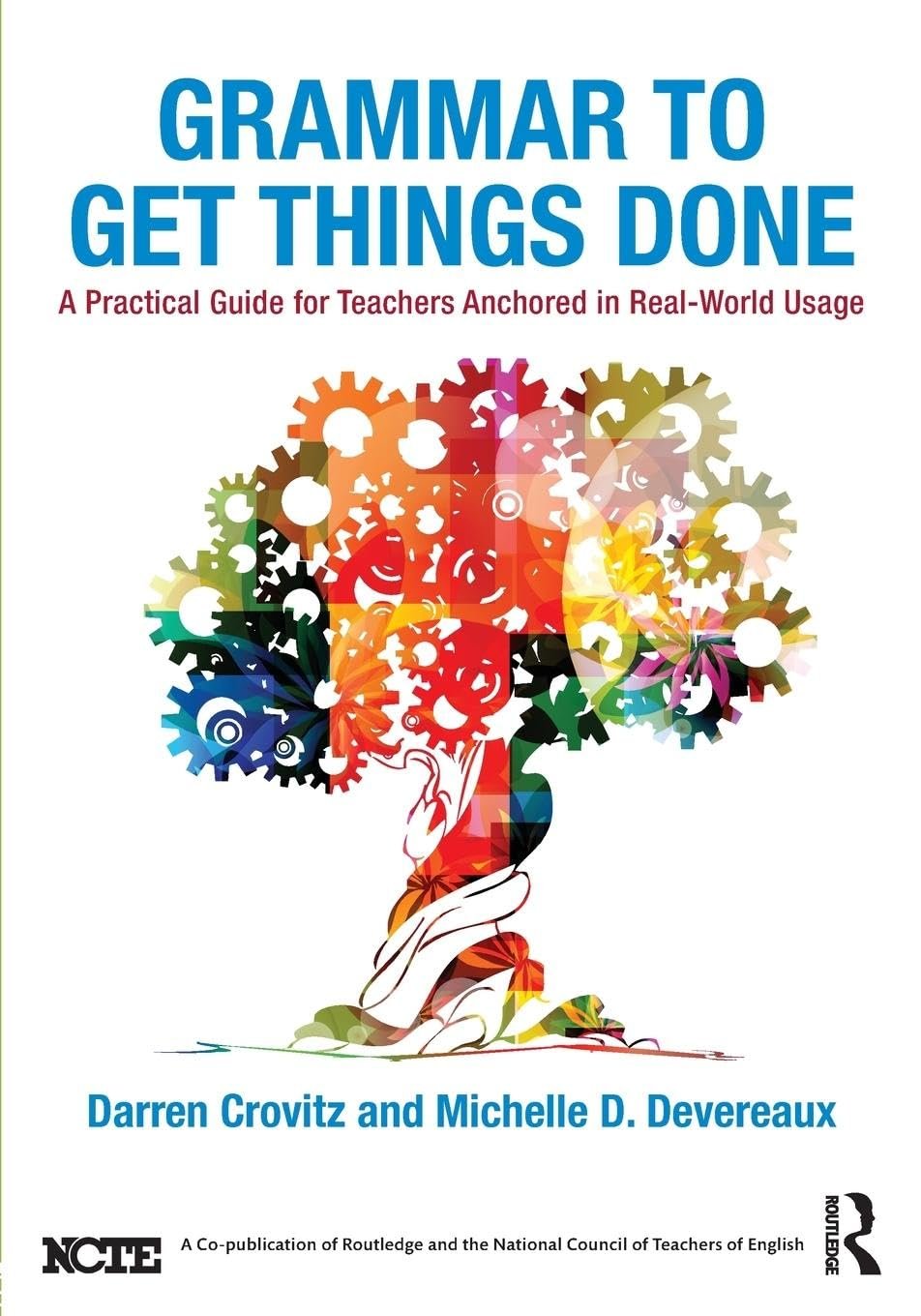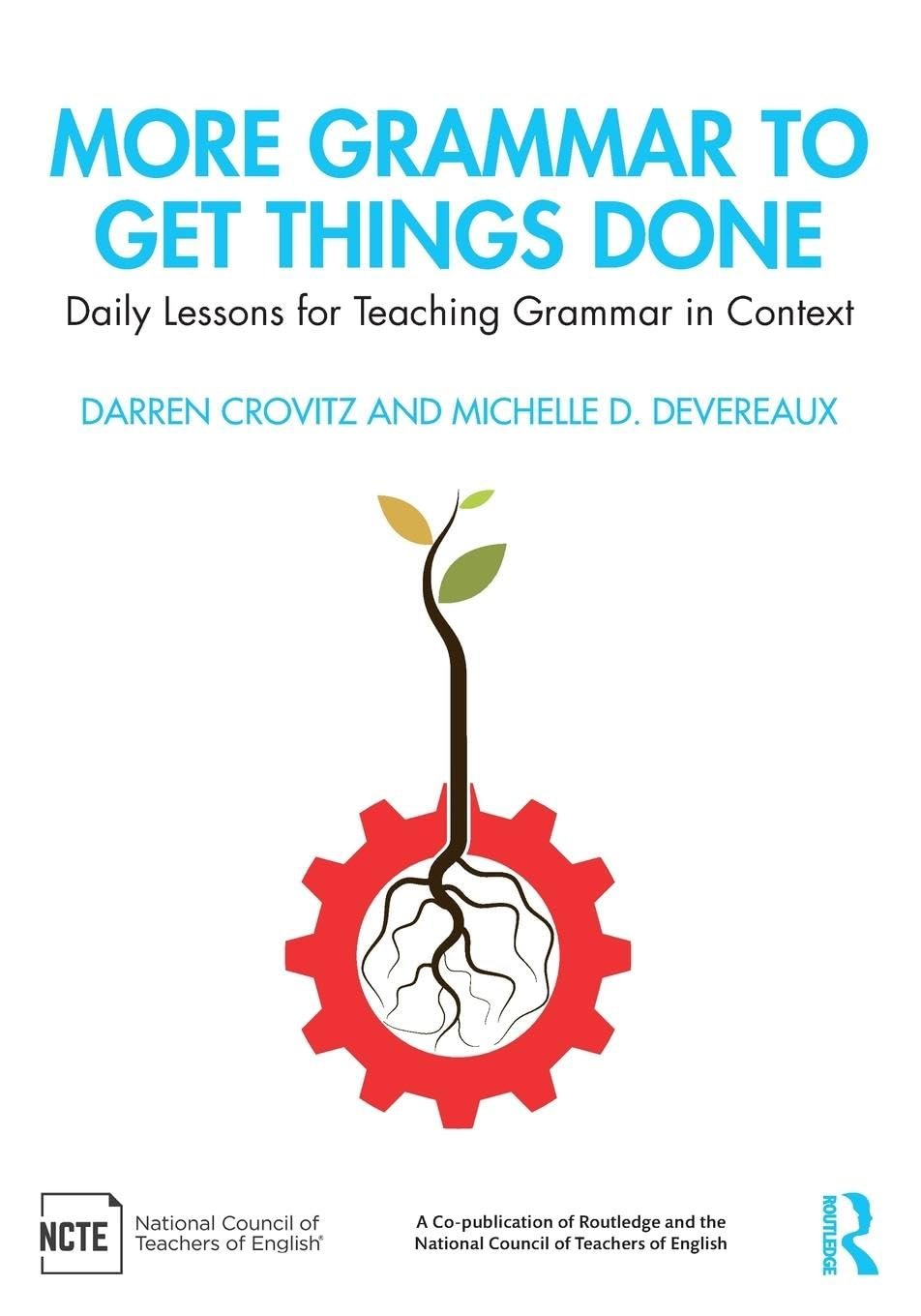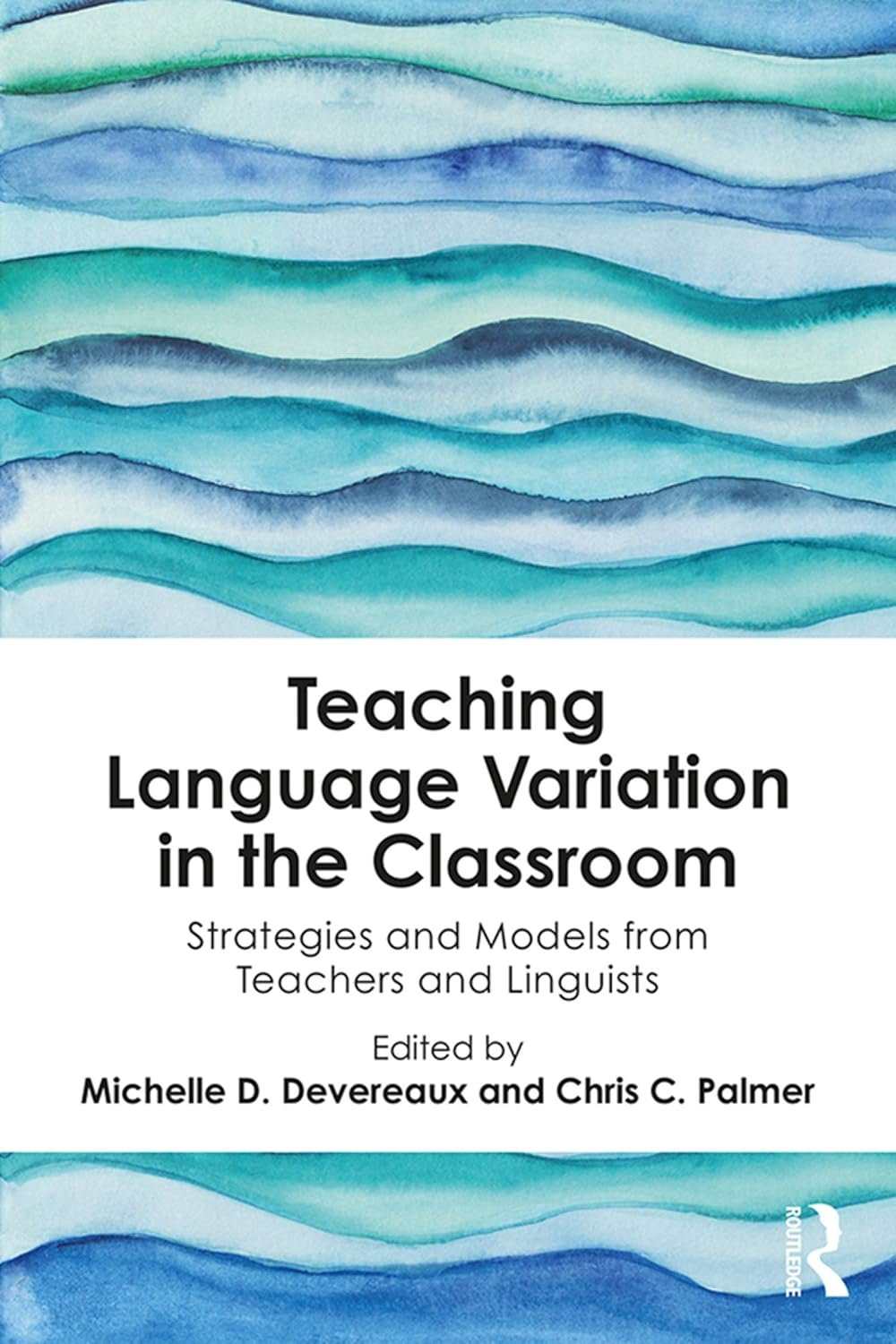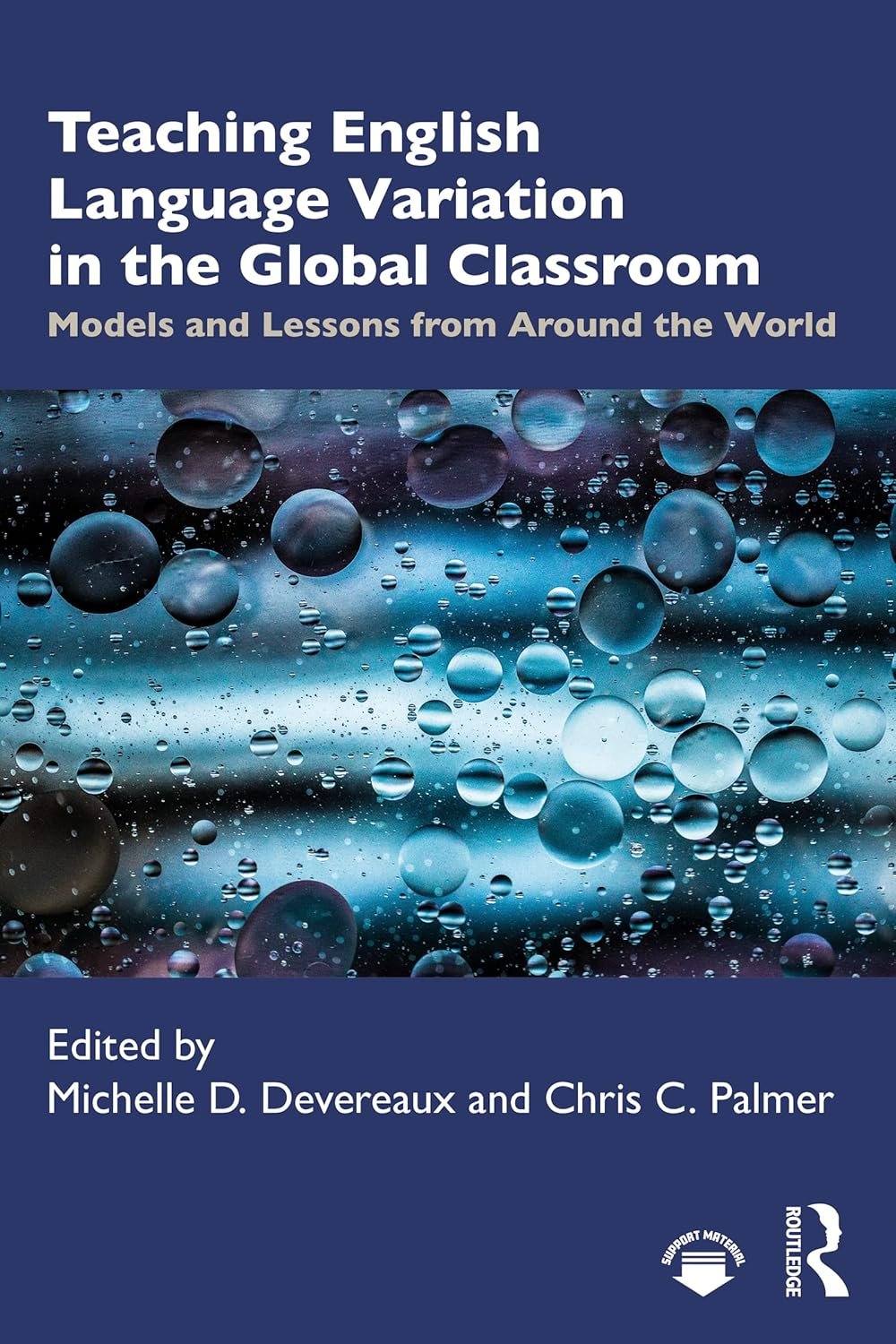
GRAMMAR TO GET THINGS DONE
A Practical Guide for Teachers Anchored in Real-Wrold Usage
Grammar to Get Things Done offers a fresh lens on grammar and grammar instruction, designed for middle and secondary pre-service and in-service English teachers. It shows how form, function, and use can help teachers move away from decontextualized grammar instruction (such as worksheets and exercises emphasizing rule-following and memorizing conventional definitions) and begin considering grammar in applied contexts of everyday use.
“The methods work and are seamless. This is a book for all English teachers.”
-AMAZON Customer Review
“I am obsessed with this book! I’ve never had a grammar book that I was sad to have finished.”
– AMAZON Customer Review
“A wonderful text for those who want to increase student understanding and have ideas on how to incorporate grammar in their lessons without overwhelming students.”
– AMAZON Customer Review



